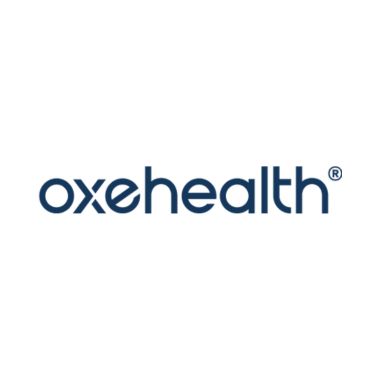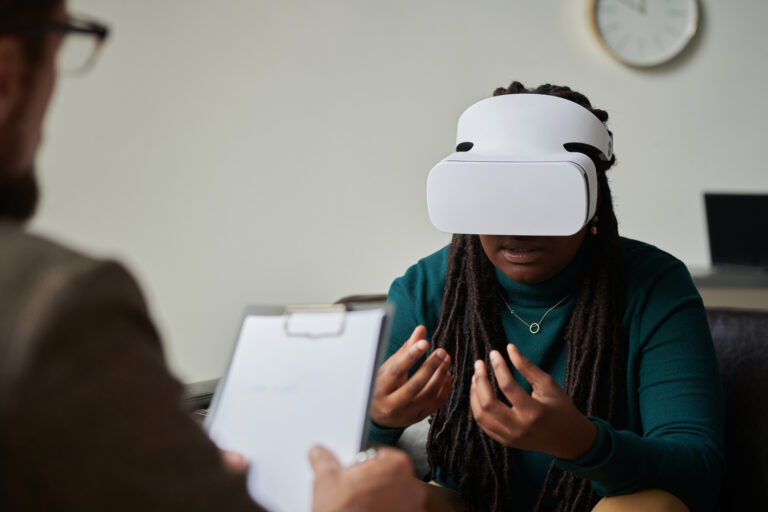The teams on acute behavioral health inpatient units face a daily challenge. A typical unit has 16 behavioral health patients, each requiring Q15 rounding. That’s 16 patients who need checks every 15 minutes, a total of 96 checks per day per patient for 1,536 daily checks total.
Despite this staff diligence, incidents still occur on a regular basis, including falls, staff assaults, self-harm and suicide.
A key part of this Q15 rounding challenge is the disruption of the checks themselves. When a patient requires a safety check every 15 minutes, sleep disruption is a real disturbance. Staff members have to see whether a patient is alive and sleeping at night or having a health episode, meaning they need to use a number of methods that, even when deployed correctly, can disrupt sleep: opening a door, flashing a light, and so on.
But now, staff can be supported by a vision-based patient-monitoring platform from Oxehealth that allows staff members to conduct digital safety checks by taking medical-grade pulse rate and breathing rate (chest wall movements) spot check observations without even entering the room. This leads to a better night’s sleep for every patient, which improves their mental wellbeing, while mitigating human error.
The staffing crisis remains a major problem in health care, resulting in burnout, as staff members struggle to properly optimize time spent with patients. Oxevision, from UK-based Oxehealth, is a non-contact vision-based patient-monitoring platform that gives clinical teams location- and activity-based alerts and reports on risk factors. These alerts can provide clinicians with additional insights to help plan patient care and intervene proactively.
Implementing Oxevision in a behavioral health facility can:
- Increase retention due to higher staff morale
- Provide greater staff efficiencies due to improved incident management and more productive ways of working
- Improve hiring through the use of Oxevision as a recruitment tool
In all, the statistics — including those from a new report from Oxehealth — speak for themselves. Behavioral health providers using Oxevision as part of their daily clinical practice have seen:
- 92% reduction in staff stress¹
- 71% reduction in one-on-one observations over a one-year period, a total savings of 7,800 hours of work in a 24-bed unit²
The result is five key benefits that behavioral health providers are now bringing to staff.
More time for hands-on care
Because they are receiving real-time information on each patient’s status, behavioral health clinicians using Oxevision can spend less time on rounding. That frees them for greater hands-on care, whether as part of their Q15s or simply when Oxevision alerts them to a status change from a patient who requires immediate attention.
Clinicians have indicated that Oxevision helps them create more time for direct, therapeutic, clinician-to-patient care, while supporting them in making more informed, personalized care decisions.
“With the system, we are more reassured that she’s safe because Oxevision alerts us when she’s on the edge of the bed,” one health care assistant says. “And we can go check on her before she has a fall.”
Enhanced ability to better manage patient risk
The Oxehealth report revealed 85% of staff respondents agreeing that Oxevision helped them better manage patient risk, specifically around self-harm episodes. Patient bedrooms are a high-risk area for these incidents — including ligatures — which can be life-changing for patients and traumatic for families and staff.
Oxevision’s location- and activity-based alerts can notify clinicians of potentially high-risk activity that could be an early warning sign of self-harm, such as a patient spending extended periods of time in an en-suite bathroom or dwelling in a doorway.
Better management of staff safety
While behavioral health patients pose a threat to themselves, they also can be a danger to staff members. As such, 69% of staff reported to Oxehealth that Oxevision enabled them to prevent incidents of assault in the acute unit by alerting clinicians to potentially high-risk activity that may indicate a risk of assault.
Oxevision’s Vital Signs module allows clinicians to monitor a patient’s physical health remotely. This enables staff to provide care in the least restrictive way and to de-escalate the situation.
Providing better care with data
Oxevision works continuously, relaying real-time information to staff through a touchscreen in the nursing station and dedicated portable devices for staff. Staff can review breathing rate (chest wall movements) and pulse rate measurements to look for trends that may require further action.
The system can also provide reports that help inform a discussion between patient and clinician about how the patient’s care plan might need to be adapted. The Oxehealth report revealed:
- 81% of staff agreed that Oxevision helped them identify potentially unseen incidents
- 87% agreed that Oxevision helped them provide better care
Improving the patient experience
Add this all up, and behavioral health patients have a vastly improved experience. Patients in a unit that uses Oxevision expressed improvement in these five areas:
- Safety
- Sleep
- Privacy
- Dignity
- Overall wellbeing
The data from the Oxehealth report supports this:
- 94% of staff agreed that Oxevision helped them improve patient safety
- 78% of patients felt less disturbance at night
- 70% of patients felt their wellbeing improved
“Oxevision helps with staff anxiety,” says one nurse in a behavioral health acute-care unit. “You’re not being as intrusive with patients. It really does help us to keep our patients safe.”
This content was originally published in Behavioral Health Business on 17 May 2022: https://bhbusiness.com/2022/05/17/how-behavioral-health-providers-can-gain-5-key-staffing-benefits/
References
- Data from 12 staff members at a care facility in Sweden that uses Oxevision
- “Reducing Falls in Dementia Inpatients Using Vision-Based Technology,” April 2022, Oxehealth usage





